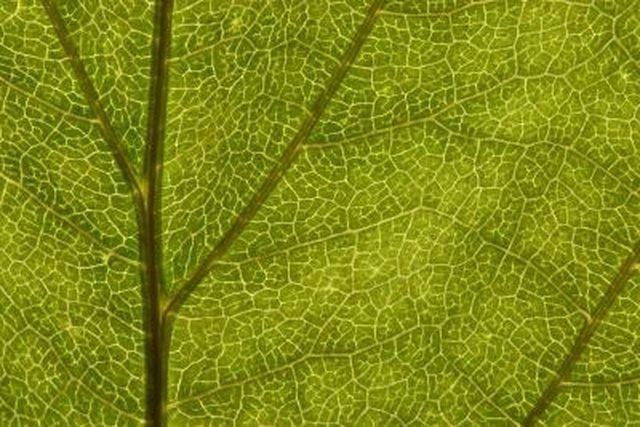Bulbs
Flower Basics
Flower Beds & Specialty Gardens
Flower Garden
Garden Furniture
Garden Gnomes
Garden Seeds
Garden Sheds
Garden Statues
Garden Tools & Supplies
Gardening Basics
Green & Organic
Groundcovers & Vines
Growing Annuals
Growing Basil
Growing Beans
Growing Berries
Growing Blueberries
Growing Cactus
Growing Corn
Growing Cotton
Growing Edibles
Growing Flowers
Growing Garlic
Growing Grapes
Growing Grass
Growing Herbs
Growing Jasmine
Growing Mint
Growing Mushrooms
Orchids
Growing Peanuts
Growing Perennials
Growing Plants
Growing Rosemary
Growing Roses
Growing Strawberries
Growing Sunflowers
Growing Thyme
Growing Tomatoes
Growing Tulips
Growing Vegetables
Herb Basics
Herb Garden
Indoor Growing
Landscaping Basics
Landscaping Patios
Landscaping Plants
Landscaping Shrubs
Landscaping Trees
Landscaping Walks & Pathways
Lawn Basics
Lawn Maintenance
Lawn Mowers
Lawn Ornaments
Lawn Planting
Lawn Tools
Outdoor Growing
Overall Landscape Planning
Pests, Weeds & Problems
Plant Basics
Rock Garden
Rose Garden
Shrubs
Soil
Specialty Gardens
Trees
Vegetable Garden
Yard Maintenance
What Is a Carbohydrate Found in a Cell Wall of Plant Cells?
What Is a Carbohydrate Found in a Cell Wall of Plant Cells?. Carbohydrates are organic or carbon-containing compounds with the empirical formula CH2O, meaning that the molecular formula of a carbohydrate is a multiple of this simple formula. Cellulose is a carbohydrate and a key component of plant cell walls.

Carbohydrates are organic or carbon-containing compounds with the empirical formula CH2O, meaning that the molecular formula of a carbohydrate is a multiple of this simple formula. Cellulose is a carbohydrate and a key component of plant cell walls.
Features
Cellulose is a polysaccharide, meaning that it's a polymer made up of sugar subunits. Cellulose fibers are formed from chains of glucose molecules that can be hundreds or even thousands of units long. These chains or fibers compose the tough matrix that provides strength and structural reinforcement for the plant cell wall.
Structure
Like cellulose, starch is also a polymer of glucose molecules. The differences between the two, however, serve to explain why cellulose is much stronger -- and hence a better component for cell walls. In starch, all glucose molecules have the same orientation, while in cellulose each glucose subunit is "flipped" with respect to its neighbors. Consequently, the structure of cellulose -- unlike that of starch -- creates opportunities for adjacent chains to form hydrogen bonds with each other. These hydrogen bonds hold chains together like the strands of a nylon rope, making for a tough resilient fiber.
Fun Fact
Cotton and paper are made of cellulose, and wood is composed largely (though not entirely) of cellulose. According to Kimball's Biology Pages, cellulose is probably the most abundant macromolecule made by living organisms.